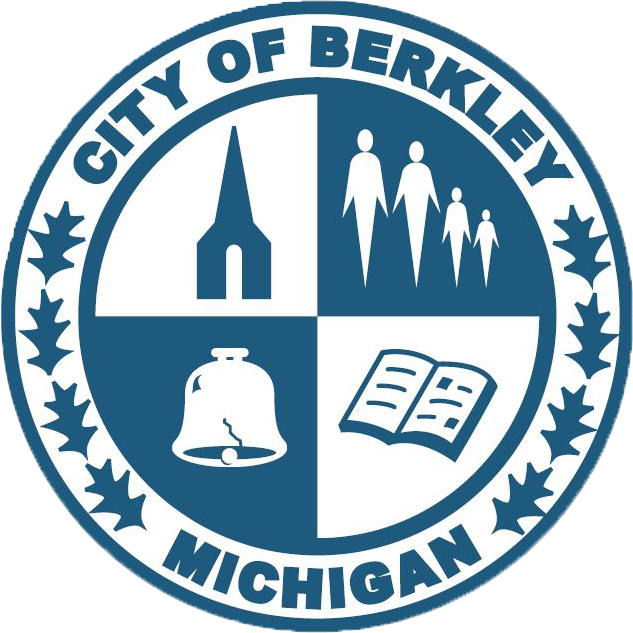MDHHS Expands COVID-19 Testing Criteria to Better Protect Residents
Greater access is important as Michigan reopens state economy
LANSING, MICH. The Michigan Department of Health and Human Services (MDHHS) announced today it is greatly expanding testing criteria for COVID-19 to provide access to additional residents who do not have symptoms but are at risk.
The new criteria includes asymptomatic patients who are preparing for surgery if testing is deemed necessary by the treating health professional. It also includes asymptomatic people who have known exposure to someone who has COVID-19 or symptoms, or who work in a profession that puts them at high risk of exposure due to close contact with the public, such as dental technicians, or to COVID-19 outbreaks in certain industries like at food processing facilities.
The new testing criteria also emphasizes the need to expand options for people without symptoms who live in communities where there has been inequitable access to testing, as well as the need to increase the rate of people tested per day in these areas. For example, this includes areas with
higher proportions of racial/ethnic minorities or rural communities.
“As we reopen Michigan’s economy, expanded testing is critically important so that we can track any spread of COVID-19 in regions or local communities,” said Dr. Joneigh Khaldun, chief medical executive and chief deputy for health.
Over the last week, the state has averaged about 14,000 diagnostic COVID-19 tests per day. Gov. Gretchen Whitmer has set a goal of reaching 15,000 diagnostic tests per day in the near term and 30,000 per day in the weeks to come.
MDHHS is encouraging anyone who meets the testing criteria to get tested. Free testing is widely available, including at federally qualified health centers and major retail pharmacies. Anyone who wishes to be tested may call the Michigan coronavirus hotline at 1-888-535-6136 or visit Michigan.gov/CoronavirusTest to find an appropriate testing location, including a list of sites offering testing at no cost. Michiganders can locate testing sites by inputting their address or selecting state, county and ZIP code.
Individuals who experience symptoms of COVID-19, such as fever, cough or shortness of breath, should contact their healthcare provider, 24/7 nurse hotline or telehealth program provided by their insurance carrier or employer to discuss whether to be evaluated for testing.
Each coronavirus test provider will determine if testing is appropriate based on symptoms and test availability in their area. Michiganders should call the COVID-19 testing site before they go to learn about testing criteria, availability and hours.
MDHHS COVID-19 test prioritization criteria is now as follows:
High Priority:
- Hospitalized patients with symptoms.
- Any health care worker, first responder, or congregate care facility worker with symptoms.
- Residents in any congregate care facility, including prisons and shelters, with symptoms.
Priority:
- Persons with symptoms of potential COVID-19 infection, including:
- Cough.
- Shortness of breath.
- Fever.
- Chills.
- Muscle pain.
- New loss of taste or smell.
- Vomiting or diarrhea.
- Sore throat.
- Asymptomatic patients in preparation for surgical procedures, as deemed necessary by the treating clinician.
- Asymptomatic people with known exposure to a person with COVID-19 or exposure to a person with COVID-19 symptoms.
- Asymptomatic people living or working in a congregate care facility or other high-risk setting (such as nursing home, jail, prison, homeless shelter, assisted living facility, etc.) that:
- Had a confirmed case among residents or workers.
- Is located in a region of medium risk or higher, or
- Is receiving patients from an area of medium risk or higher.
- Asymptomatic people who work in a profession that puts them at high risk of exposure, including:
- Repeated close contact of prolonged duration with the public.
- Working in a high-risk profession where clusters of infections have been identified (such as migrant workers, food processing facilities, etc.).
- Working in-person during a period of strict social distancing or, in areas with some sectors re-opening, having worked in-person during the period of strict social distancing.
- Persons identified by clinicians or public health officials who can be tested for public health monitoring research purposes.
- People without symptoms who live in communities where there has been inequitable access to testing and a need to increase the rate of people tested per day – such as areas with higher proportion of racial/ethnic minorities, rural communities.
Permissible:
- Persons without symptoms who are prioritized by local health departments or clinicians, for any reason.
- Asymptomatic people living or working in a congregate care facility or other high-risk setting (such as a nursing home, jail, prison, homeless shelter, assisted living facility) in any region.
- Asymptomatic people leaving their home for work.
Information around this outbreak is changing rapidly. The latest information is available at Michigan.gov/Coronavirus and CDC.gov/Coronavirus.






